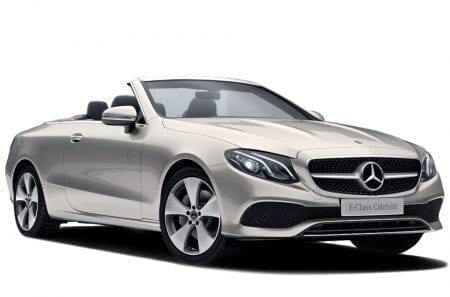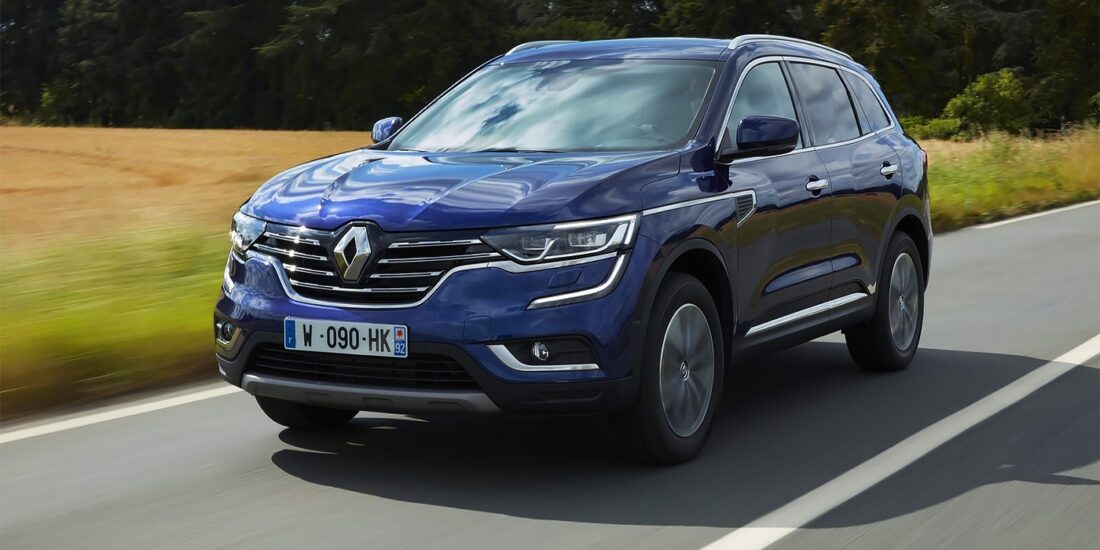
Test drive Renault Koleos
Why the new crossover is called the brand's flagship and why the Russian importer needs it so much
In the darkness of the Parisian bypass tunnel The periphery of our cavalcade's cars can be easily identified by the patterns of the taillights. Here are the "boomerangs" of the Scenic and Espace minivans, next to them are the wide "mustaches" of the Talisman sedan, which look rather unusual even without illumination, and in the dark they are just an enchanting sight. Approximately the same was awarded to the new generation Koleos crossover, which was not officially presented to the Parisians at the time of the test. And he also received a dozen external elements of varying degrees of pretentiousness - not always clear, but very noticeable.
Largely due to this pretentiousness, the latest Renault models look expensive and even, as the representatives of the brand want, are quite premium. This takes them further and further away from the Russian market, where premium or simply expensive Renault will not be understood. There is not a single coincidence in the lists of models on the Russian and French sites of the company: out of fifteen French cars, only the Captur partly corresponds to the Russian Renault, and even then only outwardly, since technically our Kaptur is a completely different car.
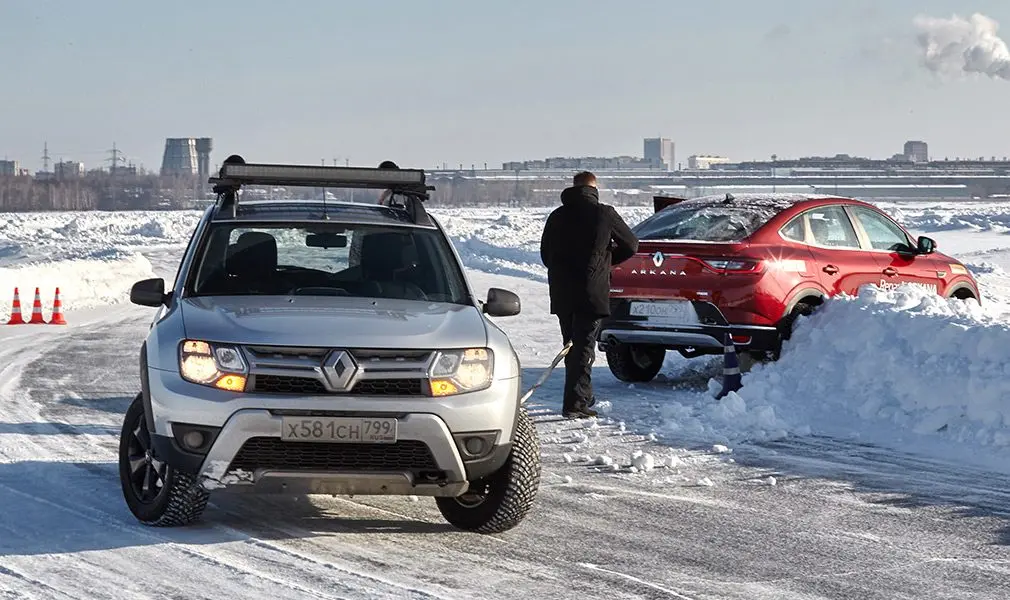
For the Russian office of the company, the perception of the brand as a manufacturer of cheap models is a really sore point. Even the mass Clio and Megane are not brought to us, and instead of the new generation Megane sedan, we sell Fluence of Turkish origin, which are still in the warehouses of the company's Moscow plant after production was stopped. Marketers began to change the perception of the brand in Russia with a nice, albeit not quite European, Kaptur, and they pre-assign the new Koleos the role of the future flagship. As, however, in other markets: the idea is that the crossover initially has a better chance of being loyally accepted by a more solvent audience.
The modest results of the previous generation cars do not frighten the French. The first crossover in the history of Renault was built on Nissan X-Trail units and was sold under the dubious slogan “Real Renault. Made in Korea. " Strictly speaking, this was the X-Trail with the same power units and transmission, but completely different body and interior, like two drops of water similar to the Korean Samsung QM5. Actually, the Koreans made the main box office for the French, and they brought the car to Europe just to stake out a place in the segment.
Now the main market for the model is considered to be in China, where Renault is just starting to sell, although in general the new Koleos is a global model and fits well into the European model range. If the French have sorted out the external decor, then quite a bit. On the one hand, the wide bends of the LED strips, the abundance of chrome and decorative air intakes are quite consistent with the style of the car for the Asian markets. On the other hand, all this jewelry looks quite modern and technological, and in the tunnel of the Parisian Periphery it is also quite enchanting. At the same time, the Korean origin does not bother anyone. The Koreans have a very modern automated production, built according to all the standards of the alliance, and it is cheaper to produce cars in Korea than in Europe, and this fact even covers the costs of logistics.
Technically, the new Koleos is again a Korean or Chinese assembly Nissan X-Trail. Compared to its predecessor, the crossover has extended in length by 150 mm, up to 4673 mm (symbolically larger than the X-Trail), and the wheelbase has increased to the same 2705 mm, and the geometric cross-country ability is also close. It is based on the same modular CMF platform. It unites cars and a common line of power units, which includes two gasoline engines with a volume of 2,0 liters (144 hp) and 2,5 liters (171 hp), as well as two diesel engines 1,6 liters (130 hp). .) and 2,0 liters (175 horsepower). The familiar All Mode 4 × 4-i transmission is responsible for the distribution of torque between the axles.
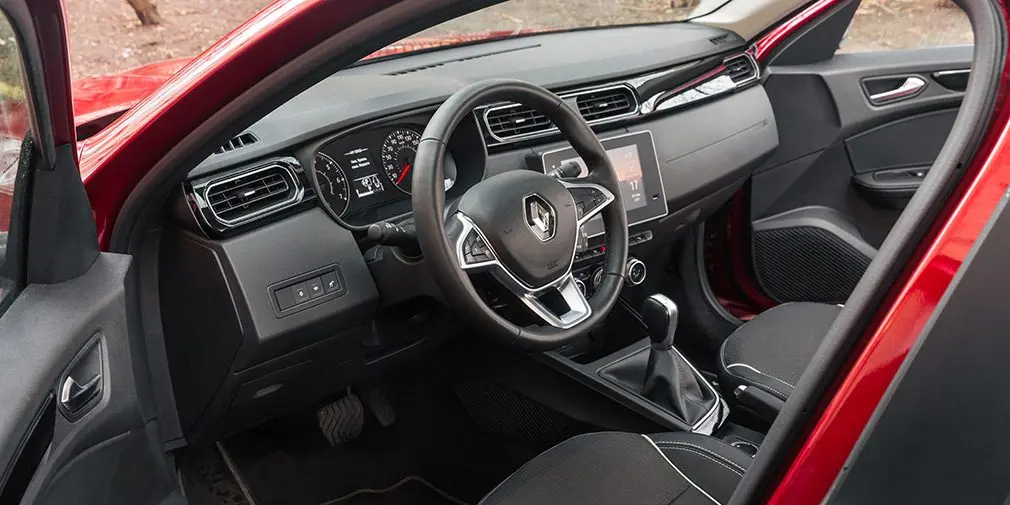
In the interior, there is no longer that scattering of Nissan fittings, which there were so many in the car of the previous generation. The French brand is immediately identified thanks to the vertically installed "tablet" of the media system, which has been installed on all new Renault models for the past several years. The devices are divided into three wells, with a display instead of a speedometer. Rear passengers are offered individual USB sockets. The list of options also includes ventilation for the front seats and heating for the rear. The truncated steering wheel is also heated.
For a surcharge, they will offer electric seat drives, a panoramic roof, heated windshield, a rear-view camera and a whole set of electronic assistants, including systems for automatic braking and reading road signs. Moreover, the Koleos engine can be started remotely, the headlights on the top version are LED, and the tailgate can be opened using a servo-driven swing under the rear bumper. Against the background of such wealth, the absence of automatic closers for all glasses, except for the driver's one, seems to be sheer absurdity.
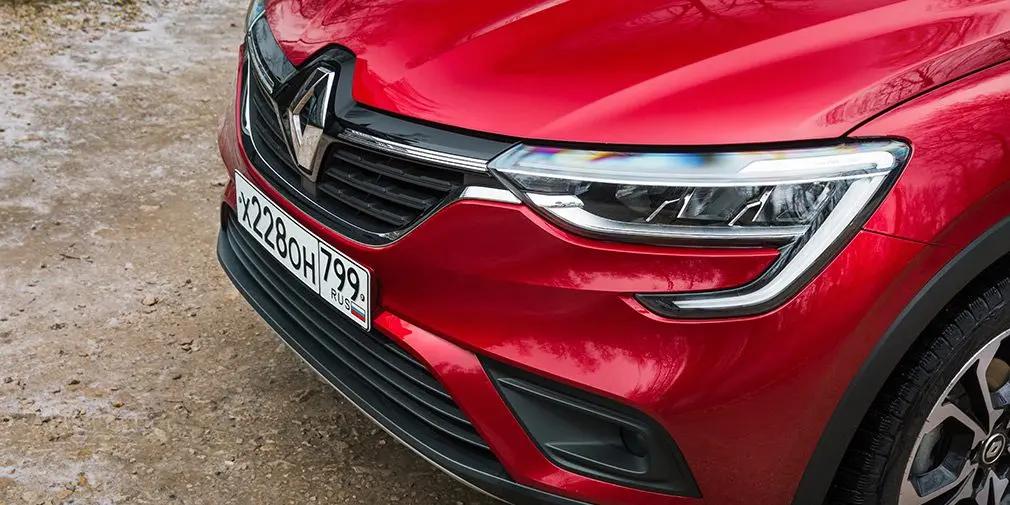
In terms of the list of equipment and quality of finishing, Koleos really looks quite premium, but still does not surround with that leather and wood luxury that passengers of expensive German cars get into. And the functionality of the media system, it turns out, is not much richer than in the top version of Duster. With a real premium, Koleos keeps its distance, but tries very hard to look better than the platform X-Trail.
Renault Koleos are at least bigger, and you can feel it physically. Firstly, it is perceived as such - it seems that in front of you is a seven-seater car the size of an Audi Q7. Secondly, it is really spacious inside: you can sit at ease on the soft front seats, and three of us can easily fit in the back. Plenty of legroom, and in fact behind the back there is a rather big trunk with a volume of 550 liters - almost a record in the segment of conventional class "C" crossovers.
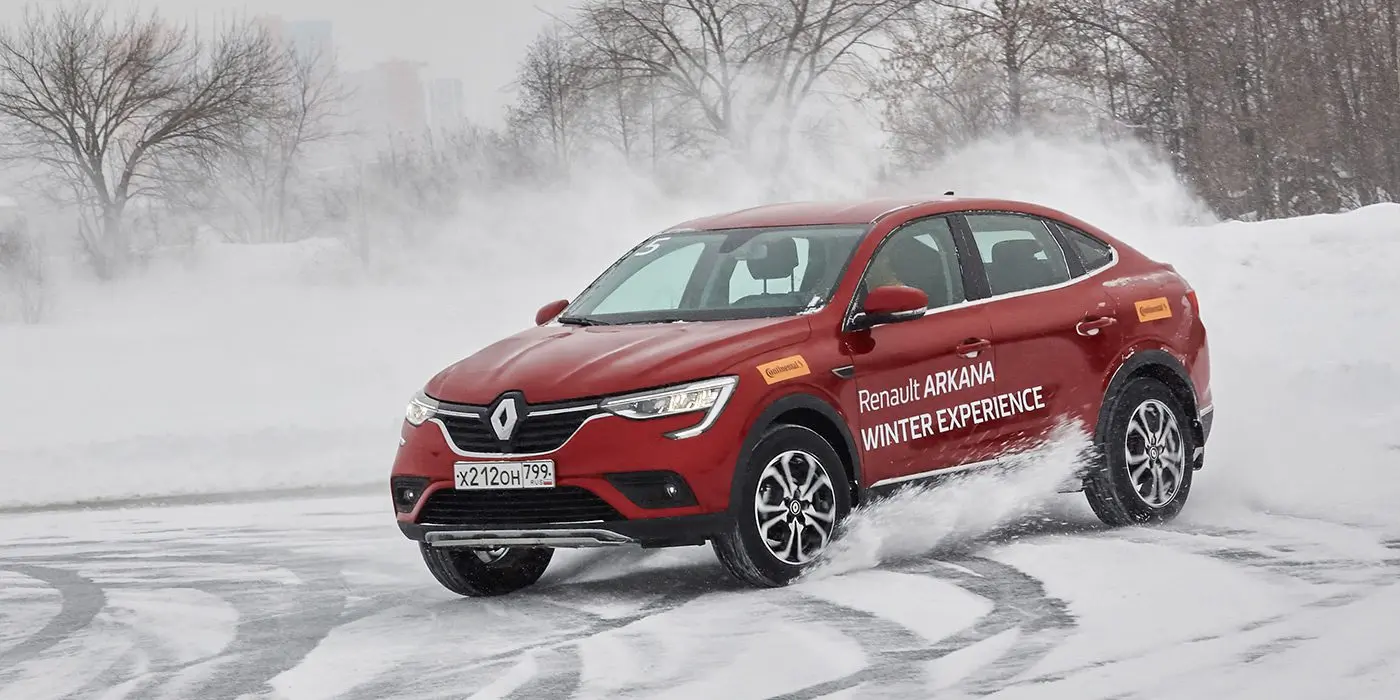
On driving, both cars are very similar, but the slightly more massive Koleos drives even more recklessly. Not like before - there are almost no rolls, the chassis works out high-quality road flaws of moderate depth, and the tandem of a 171-horsepower naturally aspirated engine and a variator drives reliably and thoroughly. During intensive acceleration, the variator simulates fixed gears, and the four-cylinder engine emits pleasant exhaust note, giving the impression of a more serious unit. With a quiet movement, there is almost no noise, and this blissful silence in the cabin again evokes a pleasant premium feeling. The main thing is to stay within the framework - a properly spurred crossover will no longer reward you with earnest traction and will not fill the steering wheel with honest sporting effort. A confident fashion show in the dark tunnels of the Parisian Periphery is the surest mode.
The main obstacle on the off-road for Koleos will not be the ground clearance (here the crossover has a decent 210 mm), but the lip of the front bumper. The angle of entry - 19 degrees - is less, albeit not much, than most direct competitors. But we tried and were not disappointed - on dry slopes of very decent steepness Koleos rode decorously and calmly. On the left side of the console there is a button for "locking" the interaxle coupling, but in such conditions, this arsenal seems redundant. It is worth using it, perhaps, except when driving on slopes, because without "blocking" the assistant will not turn on the descent from the mountain. And most of the notorious country roads in our country, where clearance is of decisive importance, Koleos will easily take without electronic assistants.
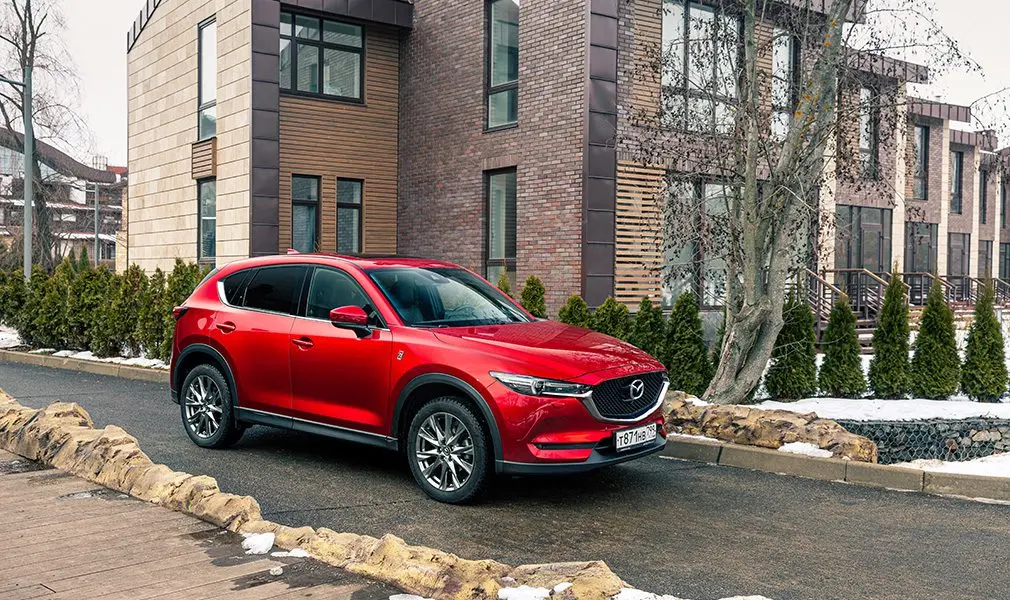
The new Koleos will begin to show off the mustache of the taillights in the darkness of the capital's Lefortovo tunnel as early as next year - sales in Russia will start in the first half of 2017. It's too early to talk about prices, but if the Nissan X-Trail sells at least $ 18, then the cost of the imported Koleos will hardly drop below $ 368 for the simplest version. Another thing is that a French car, even a Korean one, looks clearly more solid and attractive. But his mission is not to boost brand sales. He should again acquaint Russians with the Renault brand - the same as it is known all over the world and used to see on the Parisian highways and in the tunnels of the Peripheric bypass.
